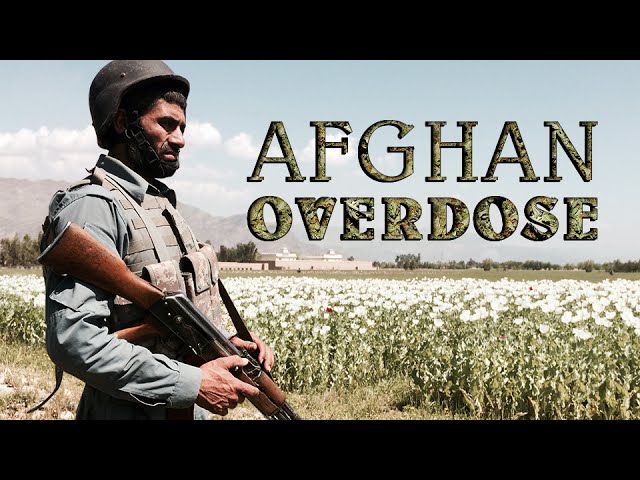In the shadows of Afghanistan’s rugged terrain lies a deeply unsettling truth: it holds the infamous title of the world’s largest opium producer. This chilling reality forms the crux of the investigative documentary “Afghan Overdose,” as reporters from Russia Today embark on a perilous journey to expose the current state of the country’s opium trade and the efforts being made to combat its relentless grip on the region.
From the very beginning, the film exudes an air of danger and dread, as the reporting team navigates the treacherous landscapes and faces vehement opposition from locals who view their presence as an intrusion. Payoffs become a necessary tool to secure cooperation, highlighting the gravity of the situation they are about to unveil.
Their exploration begins in Pole Sokhta, a camp that houses the most downtrodden opium addicts in the area. A distressing spectacle unfolds before their eyes as spectators gaze down with a mix of curiosity and horror. This public display of suffering and addiction stands in stark contrast to a time not long ago when such scenes were unthinkable under Taliban rule. The documentary peels back the layers, shedding light on the tactics employed by local authorities as they raid drug dens and conduct searches on frightened citizens. Small quantities of opium are frequently confiscated, hidden in shoes or tightly packed within the largely empty gas tanks of cars.
Venturing further, the film enters a rehabilitation clinic, where medical professionals grapple with the immense challenges they face. Their primary obstacle lies in persuading practicing addicts to embrace treatment services, which include enduring 15 days of trauma-inducing withdrawals. Following a six-week rehabilitation period, efforts are made to assist the recovering addicts in finding meaningful work and establishing a stable life outside the facility to reduce the risk of relapse.
The opium epidemic in Afghanistan reverberates far beyond the confines of individual addicts and local law enforcement. Its ramifications extend to citizens worldwide, and the illicit trade serves as a source of funding for terrorist organizations like ISIS. In 2001, the United States allocated a staggering seven billion dollars in an attempt to eradicate Afghanistan’s opium industry. Yet, year after year, the nation’s poppy fields continue to flourish, their size and significance only growing. The reasons behind this disheartening reality remain elusive, forming the central focus of this powerful and deeply unsettling film.
“Afghan Overdose” confronts the devastating opium crisis head-on, unearthing the truth that lies beneath the surface of Afghanistan’s rugged landscapes. The documentary’s unflinching exploration exposes the multifaceted dimensions of the opium trade and its profound implications for global security. It serves as a stark reminder of the urgent need for concerted efforts to combat the scourge of addiction and the illicit drug trade, not only for the sake of individual lives but also for the stability of nations and the safety of communities worldwide.
As viewers engage with “Afghan Overdose,” they are confronted with the harsh realities of a crisis that reaches far beyond borders. The film unveils the danger, desperation, and far-reaching implications of Afghanistan’s opium epidemic, challenging us to confront the complexity of the issue and the urgent need for effective solutions.

